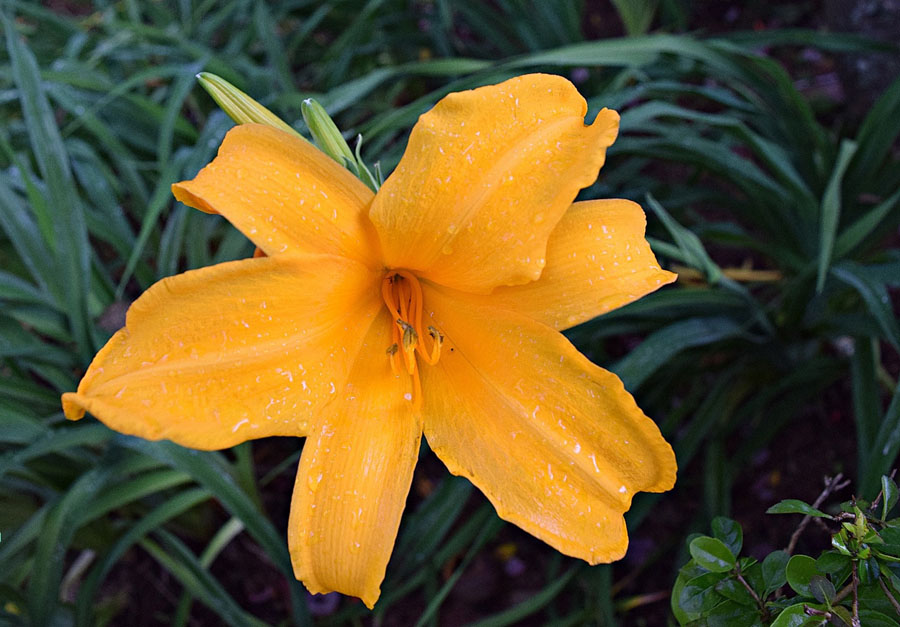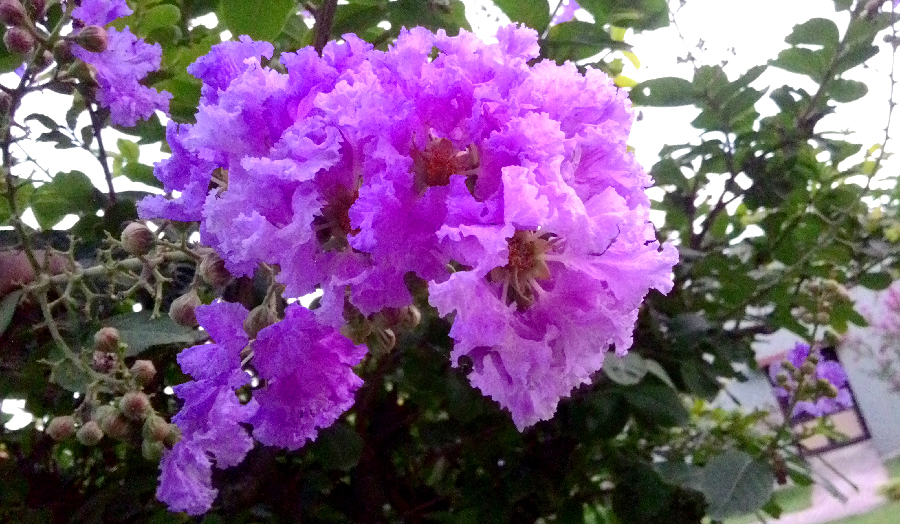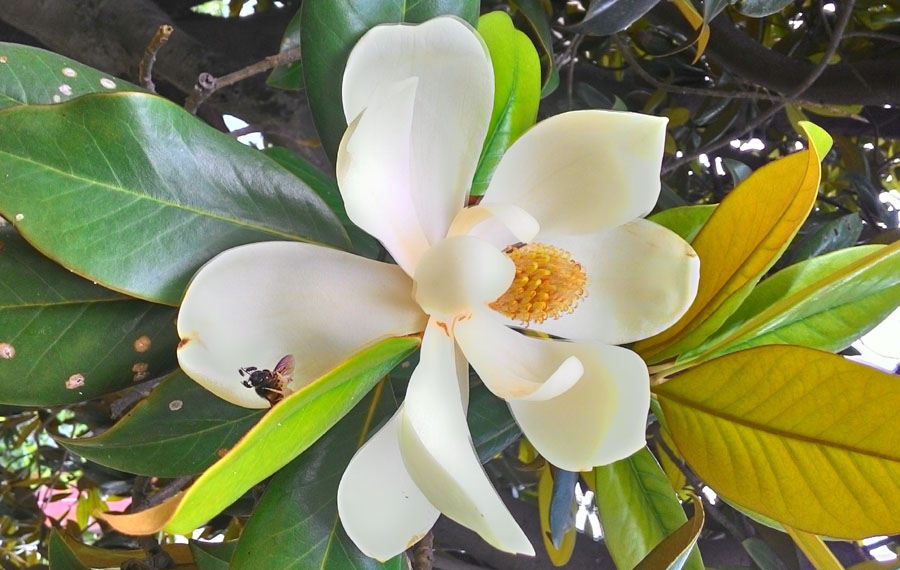Essential Oil Details
Introduction
The essential oil obtained by hydrodistillation from the aerial parts of Thymus kotschyanus yielded 2.11% (w/w), calculated on a dry weight basis. The oil appeared as a yellowish liquid. GC–MS analysis revealed chemical constituents, representing the main chemical profile of the oil. The dominant components were thymol (39.7%), ?-terpinene (11.4%), carvacrol (7.6%), and p-cymene (5.4%).
Other Details
Gas chromatography–mass spectrometry (GC–MS) analysis identified chemical constituents in the oil. The predominant compounds were thymol (39.7%), ?-terpinene (11.4%), carvacrol (7.6%), and p-cymene (5.4%), which together formed the major chemical profile of the species.
Reference
Amiri, H. (2012). Essential oils composition and antioxidant properties of three thymus species. Evidence?based Complementary and Alternative Medicine, 2012(1), 728065.
Major Compound Details
| Serial No. | Compound Name | Compound Percentage(%) |
|---|---|---|
| 1 | Thymol | 39.7 |
| 2 | Gamma-Terpinene | 11.4 |
| 3 | Carvacrol | 7.6 |
Minor Compound Details
| Serial No. | Compound Name | Compound Percentage(%) |
|---|---|---|
| 1 | p-Cymene | 5.4 |
| 2 | Borneol | 4.4 |
| 3 | Terpinen-4-Ol | 2.5 |
| 4 | Gamma-Gurjunene | 2.2 |
| 5 | Cis-Sabinenehydrate | 2.9 |
| 6 | Alpha-Terpinene | 1.2 |
| 7 | 1,8-Cineole | 1.4 |
| 8 | Tricyclene | 0.1 |
| 9 | Sabinene | 0.1 |
| 10 | Beta-Pinene | 0.2 |
| 11 | Alpha- Pinene | 0.5 |
| 12 | Alpha Thujene | 0.5 |





